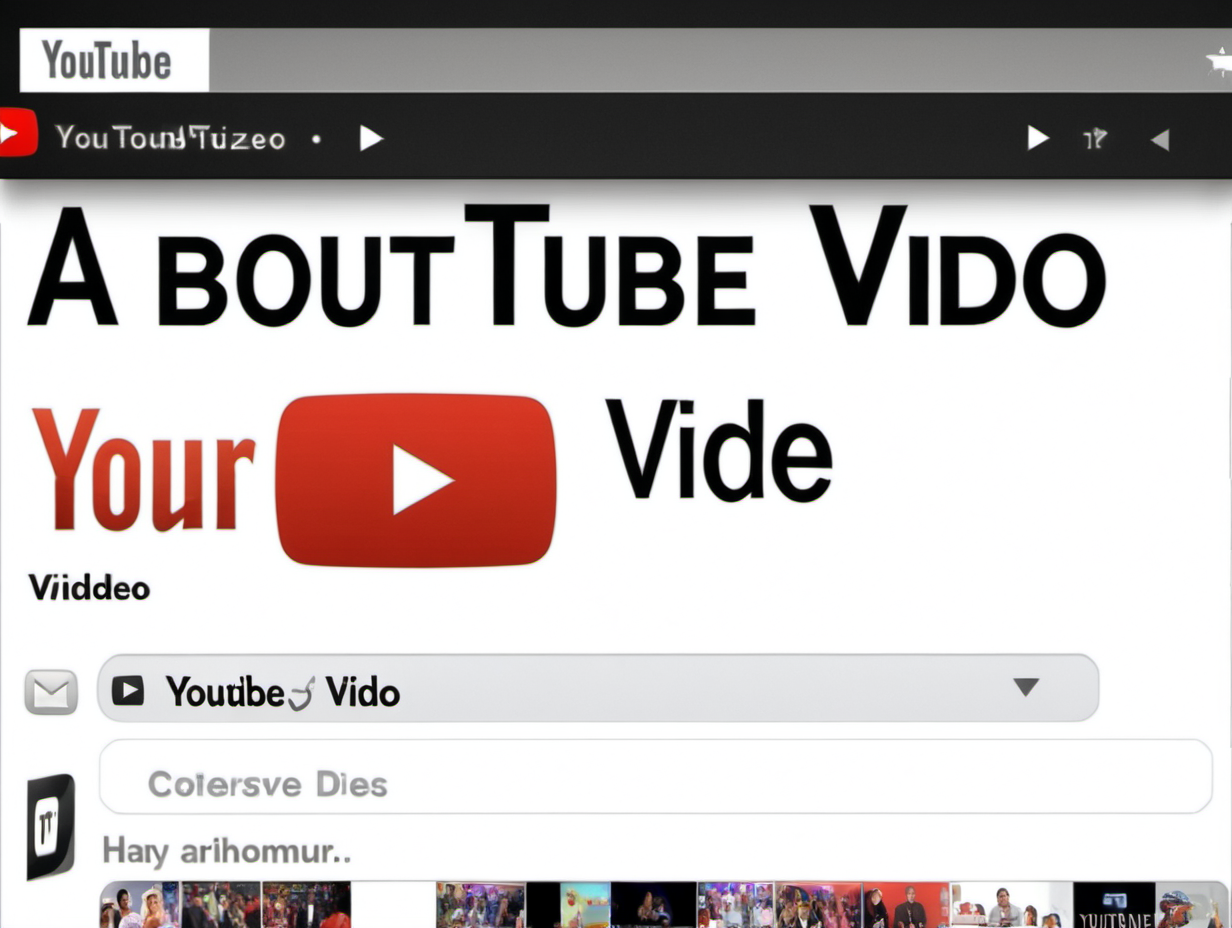How to Make Your Own Custom GPT
Summary
TLDRThe video script outlines the process of creating a custom GPT (Generative Pre-trained Transformer) model with a focus on a specific topic, using the example of baking cookies. It guides viewers through setting up a premium ChatGPT subscription, navigating the ChatGPT website, and customizing their GPT through a conversational interface or manual configuration. The video emphasizes the ability to train the GPT on specific tasks, set a friendly and helpful tone, and incorporate knowledge from various sources. It also demonstrates how to test the GPT, adjust settings like web browsing and image generation, and even integrate with external APIs. The script concludes by encouraging viewers to explore the potential of custom GPTs for personal and professional tasks, and to share their creations.
Takeaways
- 🤖 Custom GPT is a specialized version of a standard GPT model that can be trained to excel in a specific topic, like baking cookies.
- 💡 Creating a custom GPT requires a premium ChatGPT subscription from OpenAI.
- 🌐 Users can access and create custom GPTs through the ChatGPT website by exploring the 'Explore GPTs' option.
- 📚 Custom GPTs can be trained on specific data sets, such as academic papers or GitHub data, to provide high-quality responses.
- 📝 Two main interfaces are available for building a custom GPT: a conversational interface and a manual configuration interface.
- 🎨 Users can personalize their custom GPT with a profile picture and name that reflects its expertise.
- 🗣️ The tone and behavior of the custom GPT can be defined by the user, including how it responds to off-topic questions.
- 📋 Custom GPTs can be tested and iteratively improved upon by modifying instructions and retesting the responses.
- 📈 The custom GPT can utilize capabilities like web browsing, image generation, and interacting with external APIs to enhance its functionality.
- 📊 Users can contribute knowledge to their custom GPT by uploading relevant files, which the GPT will use to inform its responses.
- 🔒 There is an option to share conversation data with OpenAI to improve models or keep it private, depending on user preference.
- 🚀 Once satisfied, users can publish their custom GPT for personal use or share it with others who have a ChatGPT subscription.
Q & A
What is a custom GPT?
-A custom GPT is a specialized version of a standard GPT model that is trained to excel at a specific task or topic, such as baking cookies, making it an expert in that area.
Why would someone want to create a custom GPT?
-Someone might want to create a custom GPT to have an AI assistant that is highly knowledgeable and skilled in a particular subject or task, providing more accurate and relevant responses.
What is required to make a custom GPT?
-To make a custom GPT, one needs a premium ChatGPT subscription from OpenAI, which allows access to the tools and interface necessary for creating a custom GPT.
How can one start creating a custom GPT?
-One can start by visiting the ChatGPT website, navigating to the 'Explore GPTs' section, and then clicking on the 'Create' button to begin the process of building a custom GPT.
What are the two main interfaces for building a custom GPT?
-The two main interfaces for building a custom GPT are the conversational interface, where you can interact with the AI to build your assistant, and the Configure interface, where you can manually fill out fields to construct your AI assistant.
How can one contribute additional knowledge to a custom GPT?
-One can contribute additional knowledge to a custom GPT by uploading relevant files, such as documents or data files, which the GPT will then use as reference material to enhance its responses.
What is the purpose of the 'Actions' feature in custom GPT?
-The 'Actions' feature allows the custom GPT to interact with external services and APIs, enabling it to fetch and utilize real-time data from various sources through conversational interactions.
How can one test the functionality of their custom GPT?
-One can test the functionality of their custom GPT using the preview window provided in the creation interface, where they can input prompts and receive responses from their AI assistant.
What are some examples of custom GPTs mentioned in the script?
-Examples of custom GPTs mentioned in the script include 'Consensus', trained on academic papers for high-quality responses, 'Code Copilot', trained on GitHub data for programming assistance, and 'Data Analyst', designed for data analysis based on user-provided data.
How can one modify the behavior or responses of their custom GPT?
-One can modify the behavior or responses of their custom GPT by adjusting the instructions, conversation starters, and settings in the 'Create' or 'Configure' tabs of the custom GPT creation interface.
What is the process for publishing a custom GPT?
-To publish a custom GPT, one must navigate to the 'Configure' page, click on the 'Create' button, and then choose the sharing options, such as making it available only to themselves or sharing it with anyone who has the link and a ChatGPT subscription.
How can one access their previously created custom GPTs?
-One can access their previously created custom GPTs by clicking on the 'Explore GPTs' option in the left-hand sidebar, and then selecting 'My GPTs' to view and manage their custom GPTs.
Outlines

Cette section est réservée aux utilisateurs payants. Améliorez votre compte pour accéder à cette section.
Améliorer maintenantMindmap

Cette section est réservée aux utilisateurs payants. Améliorez votre compte pour accéder à cette section.
Améliorer maintenantKeywords

Cette section est réservée aux utilisateurs payants. Améliorez votre compte pour accéder à cette section.
Améliorer maintenantHighlights

Cette section est réservée aux utilisateurs payants. Améliorez votre compte pour accéder à cette section.
Améliorer maintenantTranscripts

Cette section est réservée aux utilisateurs payants. Améliorez votre compte pour accéder à cette section.
Améliorer maintenantVoir Plus de Vidéos Connexes
5.0 / 5 (0 votes)






